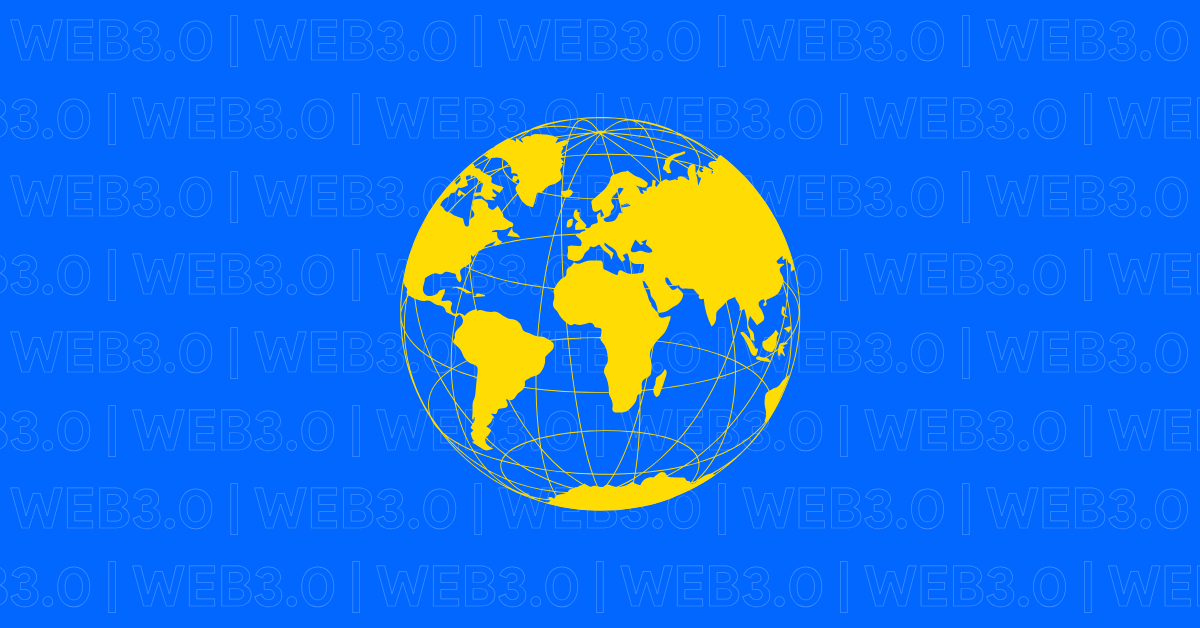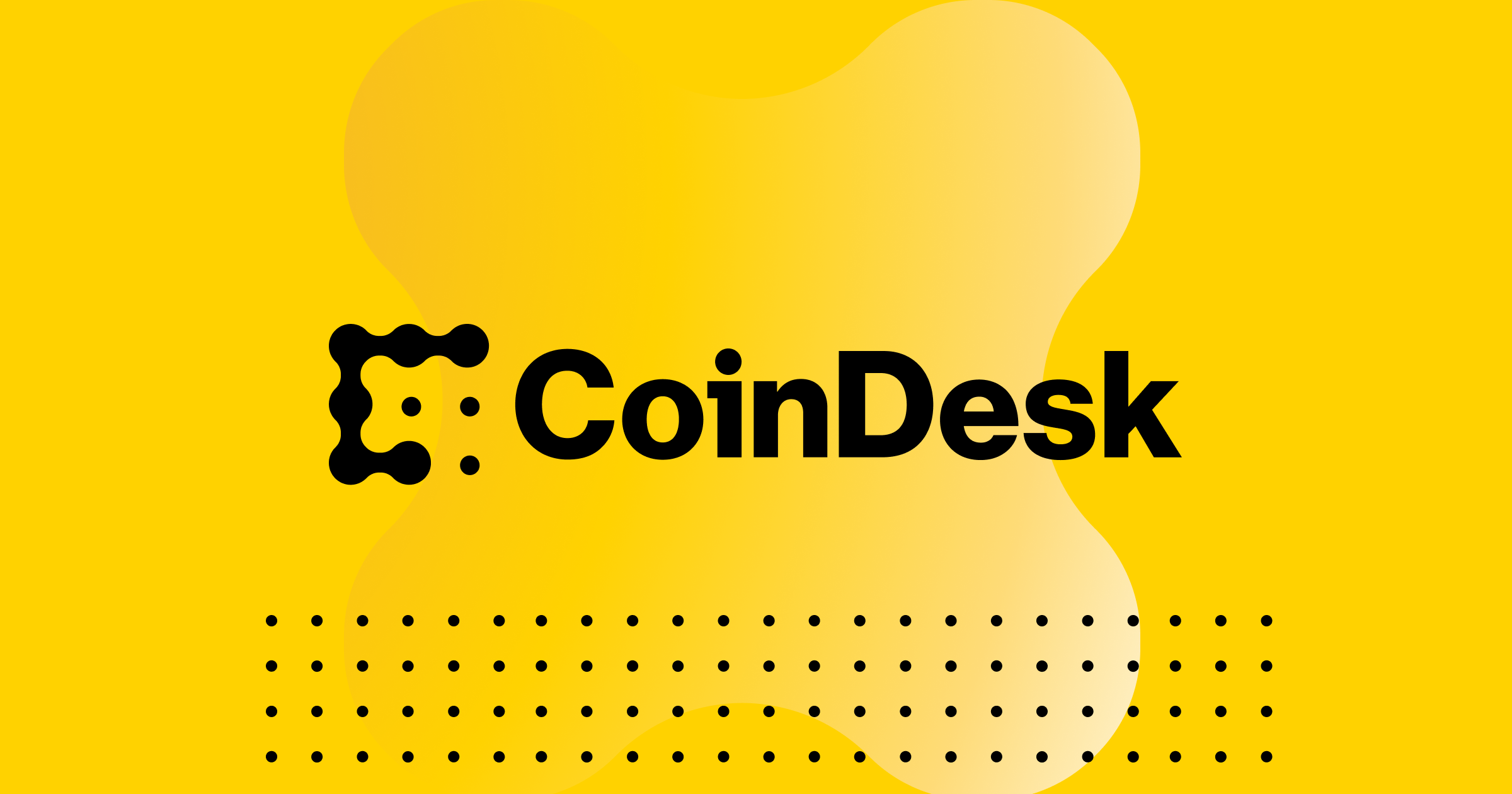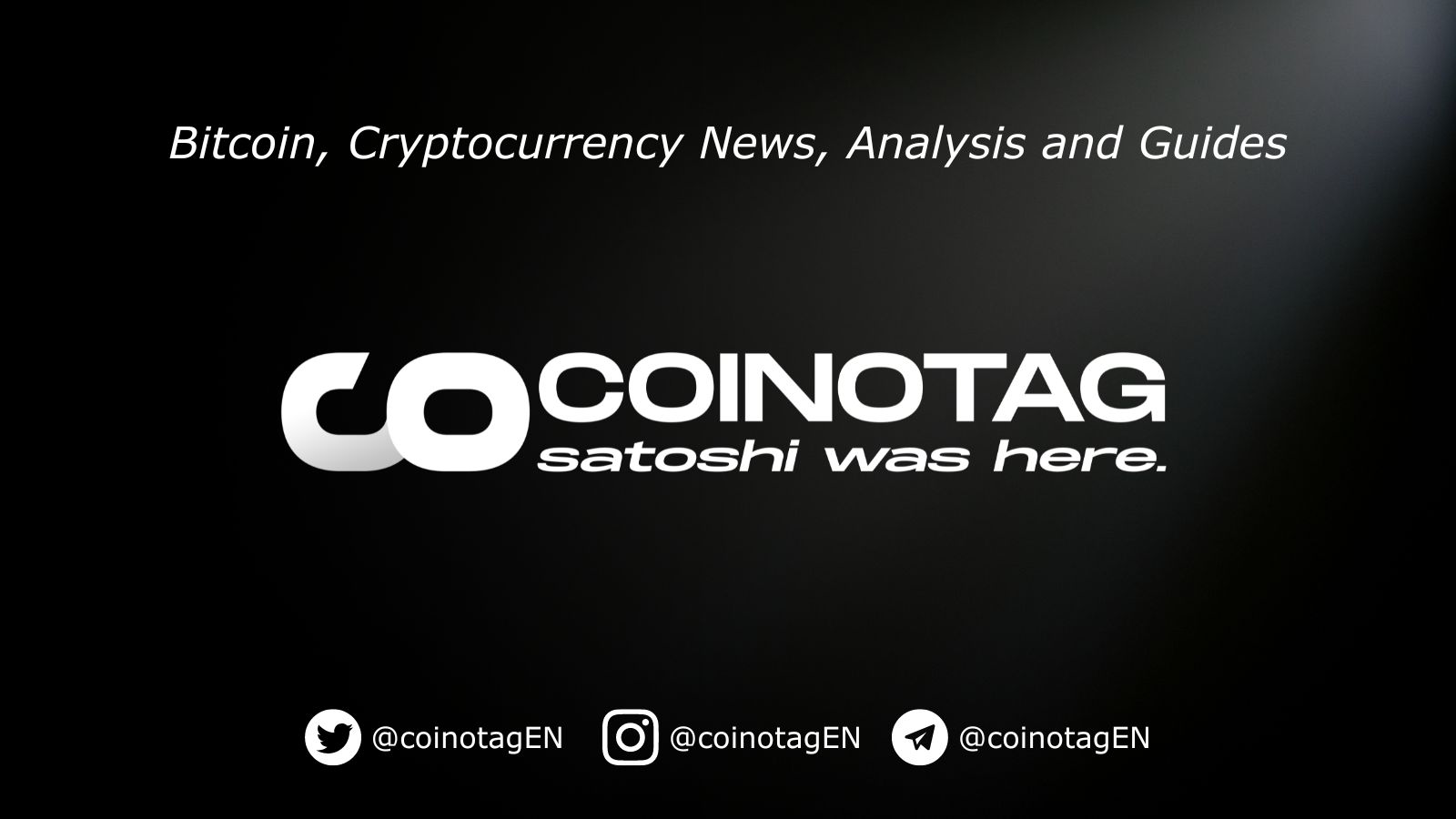
The post Collaboration is the Solution to Web3’s Fragmentation Crisis appeared first on Coinpedia Fintech News Fragmentation in Web3 is an unfortunate fact, with each camp championing its own technology. Blockchains operate in silos, which deepen tribalism instead of encouraging meaningful collaboration. The explosion of L2 solutions on Ethereum has deepened fragmentation, with each blockchain actually competing against Ethereum. Some analysts cite this fact as the reason for ether’s stagnant price. Others take this view even further – that the price of ether can only go down. They argue that Ethereum’s scalability results in fewer users relying on the L1 blockchain, opting to leverage L2 solutions instead. These solutions pay very low fees, and Ethereum’s revenues are correspondingly lower. The end result could be a divergence between the price of ether, dropping due to lower fees, and Ethereum’s L1 utility (increasing by the number of L2 users). A third argument is that some successful L2 solutions might end up detaching from Ethereum in the long term, taking their user base with them. Bitcoin and Ethereum should cooperate, not compete Bitcoin boasts a solid security model based on UTXO or Unspent Transaction Output – an output that hasn’t been used as an input in a transaction (transferring Bitcoin from one address to another). On the other hand, Ethereum is renowned for its flourishing dApp ecosystem. Both blockchains focus on decentralization but fulfill different purposes. Ethereum’s rich functionality enables the execution of smart contracts and applications, while Bitcoin is mainly a store of value. Despite their differences, Bitcoin and Ethereum shouldn’t compete. Bitcoin should be used as a stable asset and a store of value, while Ethereum interacts with the dApps running on it. An investor could use Ethereum to access DeFi services in a portfolio and Bitcoin – to preserve value. Apex Fusion bridges the best of Ethereum and Bitcoin, building on the concept of uniting Web3 and moving beyond competition to create a scalable and collaborative blockchain ecosystem. The platform promotes a unified ecosystem that is inclusive, neutral, and designed with interoperability in mind. It provides a platform where existing projects and developer communities can innovate, integrate, and deploy. Apex Fusion’s ecosystem is comprised of three layers designed to optimize security, scalability, and decentralization from the start. These three interconnected networks – Prime, Vector, and Nexus – each serve a unique purpose. Prime Network, an L1 blockchain based on UTXO, is the foundational Apex Fusion ecosystem layer that provides security and decentralization. Vector Network, an L2 on UTXO, is a secondary layer that enhances performance and scalability and is designed for high-throughput services and applications. Finally, the EVM L2 solution Nexus Network focuses on speed and cost-efficiency, handling complex transactions and smart contract execution. The three chains are connected through the Reactor Bridge, enabling interoperability and efficient interaction throughout the ecosystem. This unique architecture offers users more flexibility by making dedicated blockchains available, which are optimized for a specific use case. The Prime layer ensures a predictable, decentralized, and secure environment. Traditional L1 blockchains compete for execution, but unlike them, Prime emphasizes liquid staking, giving developers a neutral foundation on which to build. The ecosystem’s core is interoperability. It’s designed with seamless cross-chain interaction, allowing projects to use multiple blockchain technologies frictionlessly. Ethereum developers can use dedicated chains with full EVM compatibility and don’t have to compete with L1 solutions. Apex Fusion is entering an exciting development stage, namely the Prime Mainnet launch. Stake pool operator (SPO) onboarding is underway, guaranteeing a fully decentralized network from the start. The platform is finalizing cross-chain interoperability tools, enabling frictionless interactions between its three layers. Early adopters will receive participation rewards and engagement incentives. More than 80 SPOs are operational on the testnet, ensuring resilience and stability. We’re all paying a high price for fragmentation The problems caused by Web3 fragmentation are evident . Monetary incentives are the primary driver of end-user and project activity at the moment. Estimates suggest that there are at least 1,000 blockchains, and most of them replicate a small number of successful use cases without end and without innovation. Ultimately, users are unable to take advantage of the ecosystem in its entirety, which discourages adoption and reinforces the bias that Web3 is complex. This bias misleads people into believing that the complexity is purposeful and conceals illicit activities. These misconceptions compromise exploration and experimentation. The transition from fragmentation to collaboration holds immense potential. Simplifying onboarding will lead biases surrounding Web3 to dissipate. Partnerships with reputable projects can enhance Web3 platforms’ trustworthiness and credibility. For example, Apex Fusion’s Reputation System quantifies and validates contributions, ensuring trust and transparency in decentralized environments. This development has given rise to the concept of “trust through reputation.” A blockchain project that specializes in developing smart contracts can cooperate with a decentralized oracle platform to improve its apps’ reliability and security. Such a partnership would allow the blockchain to tap into the oracle’s expertise. The oracle would, in turn, refine its technology by gaining access to more real-world use cases. Blockchain projects can collaborate on decentralized identity solutions, cross-chain communication protocols, or other interoperability standards. Such collaboration enhances user experience by enabling interactions. Partnerships within Web3 can enhance resilience and mitigate risks. By diversifying partnerships, projects can reduce reliance on a single service provider or technology. What’s more, collaborations frequently involve due diligence on future partners, helping identify potential weaknesses or risks early on. Teams can address issues promptly, minimizing the likelihood of project failure. Web3 projects can cooperate on educational programs or hackathons, which encourage community involvement. These activities benefit individual projects and unite decentralized communities. At its core, Web3 is about people, but project silos and tribalism harm exploration. Apex Fusion aims to propagate an environment where projects and developer communities contribute their unique advantages to a shared ecosystem and grow together.
coinpedia
You can visit the page to read the article.
Source: coinpedia
Disclaimer: The opinion expressed here is not investment advice – it is provided for informational purposes only. It does not necessarily reflect the opinion of BitMaden. Every investment and all trading involves risk, so you should always perform your own research prior to making decisions. We do not recommend investing money you cannot afford to lose.
El Salvador Reverses Bitcoin Legal Tender Status Under Pressure From IMF: Report

El Salvador has reportedly removed the legal tender status of Bitcoin ( BTC ) after less than four years because of pressure from the International Monetary Fund (IMF). According to a new report from BBC, the reform to El Salvador’s Bitcoin Law that the country’s lawmakers approved last week modified six and removed three of the provisions from the 2021 legislation that made it the first country in the world to adopt a cryptocurrency as legal tender. The report says the amendments make the acceptance of Bitcoin voluntary and abandon the official currency status of the asset. E conomist Julia Evelin Martínez tells BBC the implications of removing the term “currency” and leaving “legal tender” in the first article of the law, which reportedly caused confusion. “The key is that the concept of currency disappears. For example: the euro is legal tender in the country because people can use it optionally if both parties agree, but it is not legal tender because no one is obliged to accept payments in euros.” The legislative assembly passed the reforms while the government aims to secure a $1.4 billion funding deal from the International Monetary Fund (IMF) that is conditional on El Salvador reducing its Bitcoin-related risks. Last year, IMF spokesperson Julie Kozack said that the global lender urged El Salvador to reconsider its policies on Bitcoin as part of a discussion to support the country’s economic reforms. “What we have recommended is a narrowing of the scope of the Bitcoin Law, strengthening the regulatory framework and oversight of the Bitcoin ecosystem, and limiting the public sector exposure to Bitcoin.” Don`t Miss a Beat – Subscribe to get email alerts delivered directly to your inbox Check Price Action Follow us on X , Facebook and Telegram Surf The Daily Hodl Mix Disclaimer: Opinions expressed at The Daily Hodl are not investment advice. Investors should do their due diligence before making any high-risk investments in Bitcoin, cryptocurrency or digital assets. Please be advised that your transfers and trades are at your own risk, and any losses you may incur are your responsibility. The Daily Hodl does not recommend the buying or selling of any cryptocurrencies or digital assets, nor is The Daily Hodl an investment advisor. Please note that The Daily Hodl participates in affiliate marketing. Generated Image: Midjourney The post El Salvador Reverses Bitcoin Legal Tender Status Under Pressure From IMF: Report appeared first on The Daily Hodl . coinpedia

DeepSeek News Triggered $530M in Outflows Before Rapid Rebound: CoinShares
Investment in digital asset products saw total inflows of $527 million last week. However, intraweek flows revealed fluctuating investor sentiment, largely driven by broader market concerns, including the DeepSeek news, which led to $530 million in outflows on Monday. Despite this initial decline, the market recovered with over $1 billion in inflows later in the week. With $44 billion in inflows recorded in 2024, $5.3 billion in year-to-date (YTD) inflows, and significant price increases, CoinShares revealed that the current sell-off is not surprising. XRP Becomes Top-Performing Altcoin According to CoinShares’ Digital Asset Fund Flows Weekly Report , BTC experienced inflows of $486 million last week, while short-Bitcoin investments saw a second consecutive week of inflows, totaling $3.7 million. Ethereum, on the other hand, ended the week with net-zero flows but faced challenges earlier, likely due to its higher exposure to the technology sector and concerns over global economic growth. XRP has emerged as the second-best performer, with year-to-date inflows reaching $105 million, including $15 million last week. Overall, altcoins recorded positive inflows, with Solana attracting $4.5 million, followed by Chainlink with $3.1 million and Cardano with $1 million. However, Litecoin experienced a slight outflow of $0.2 million. Meanwhile, multi-asset investment products saw nearly $9 million in inflows over the past week, reflecting continued investor interest in diversified digital asset portfolios. Additionally, blockchain equities have attracted $160 million in year-to-date inflows as investors view the recent price downturn as a chance to buy. Canada Faces Setback In terms of regional inflows, the US led with a full week of investments totaling $474 million, contributing to a year-to-date inflow of $5 billion. A similar trend was observed in Europe, where digital asset products attracted $78 million last week, which catapulted the total YTD inflows to $93 million. Among European nations, Switzerland saw the highest inflows at nearly $58 million, followed by Germany with $22.3 million. Sweden, on the other hand, experienced outflows of $3.6 million. Other regions also reported positive inflows. For instance, Brazil recorded $15.8 million in inflows, while Hong Kong added $2.3 million during the same period. Australia recorded a modest inflow of $0.1 million. However, Canada faced significant outflows of $43 million, possibly due to concerns over potential US trade tariffs . The post DeepSeek News Triggered $530M in Outflows Before Rapid Rebound: CoinShares appeared first on CryptoPotato . coinpedia











